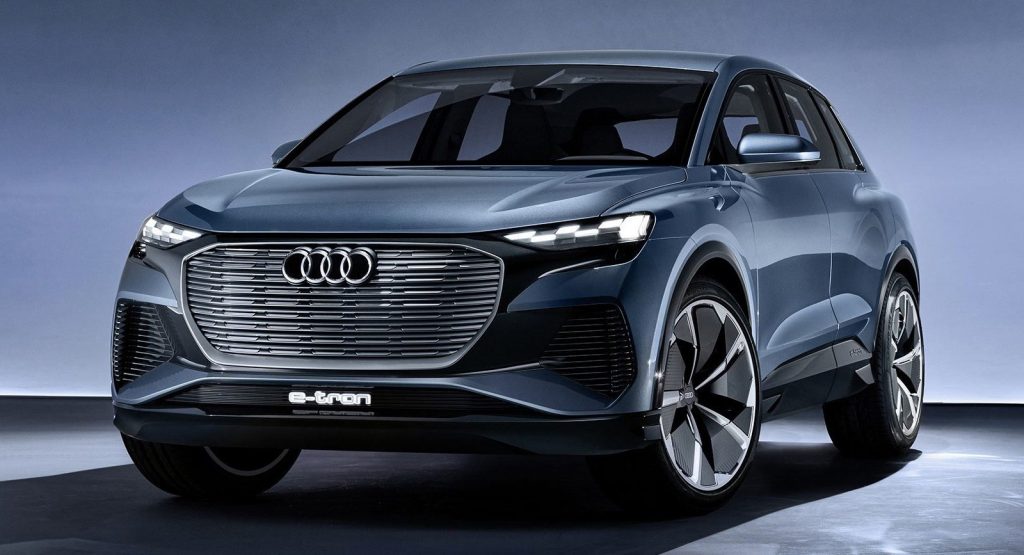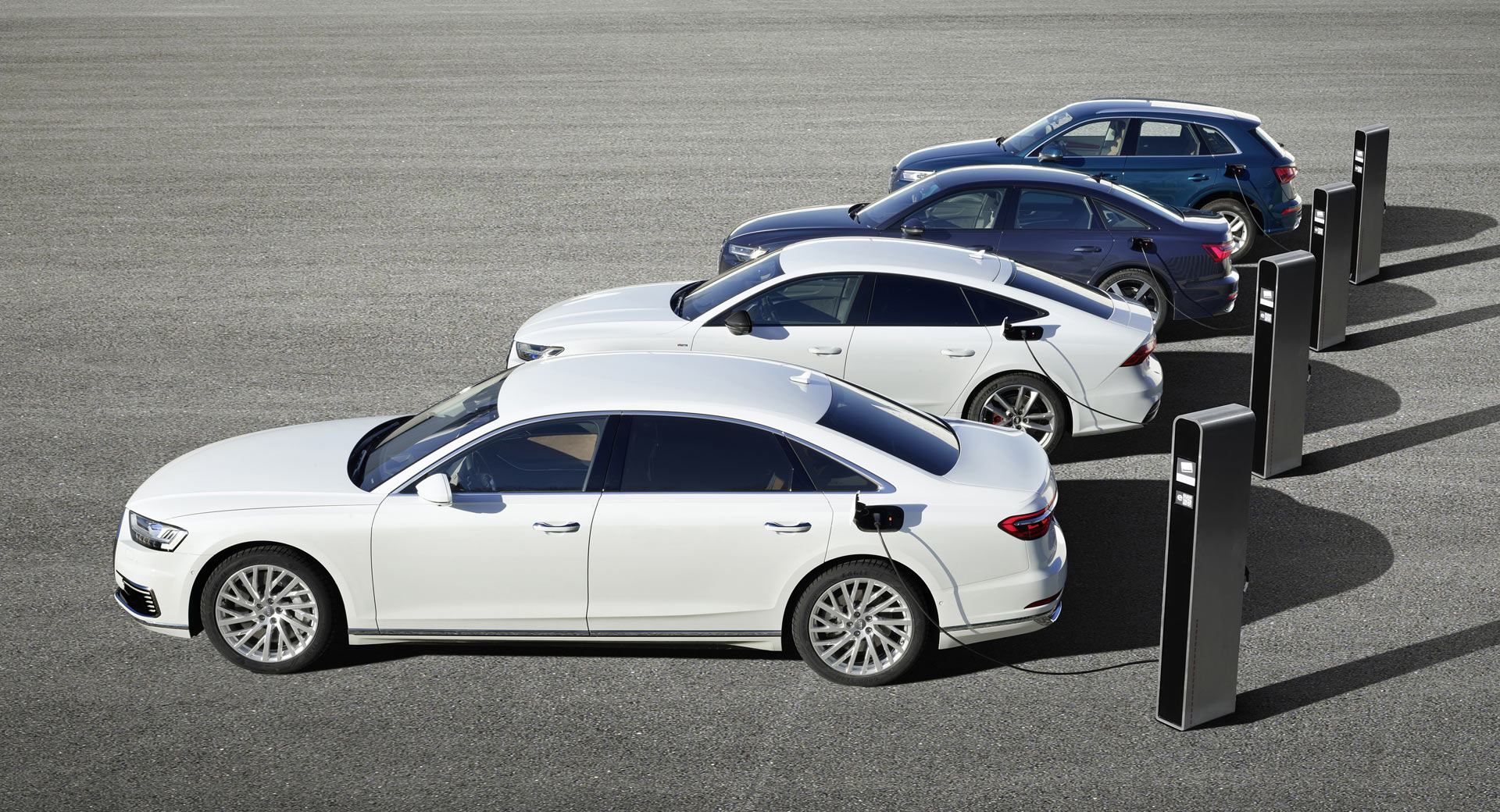Audi will present a new strategy in May, one that’s meant to help the automaker regain momentum after falling behind its main rivals BMW and Mercedes-Benz.
Last year, Audi’s return on sales dropped from 7.8% to 6%, as the Ingolstadt brand increased its spending on electric vehicles and suffered production issues due to the new WLTP emissions testing cycle. Meanwhile, global deliveries went down to 1.81 million (a 3.5% drop compared to 2017), while European sales fell 14%.
Autonews Europe reports that 2019 will be a “transition year” for Audi, as the brand anticipates financial struggles from “managing the WLTP transition, high ramp-up costs, high advance expenditure for electric mobility and the increasingly difficult macroeconomic environment.”
“We are going to work hard on our cost structures,” said Audi CFO Alexander Seitz. “But operationally we are going to face a year of cleaning up.”
The first step towards a better future will occur on May 23rd, when Audi will present a new plan, seeking to improve plant capacity utilization, including bundling of platforms and vehicle architectures. Another solution is to build more high-end cars, where by 2025 there will be a total of 15 models within its upper mid-range and full-size segments.
There will also be five fully-electric and seven plug-in hybrid models launched within the next 24 months, extending the lineup to 30 electrified cars in total by the year 2025. In the end, a 14 billion euro investment will be made into autonomous driving, electric cars and digital services by the end of 2023.
According to Bloomberg, Audi also expects “deeper cooperation” with sister brands VW and Porsche in the near future, and plans on focusing more on its largest market, China.




